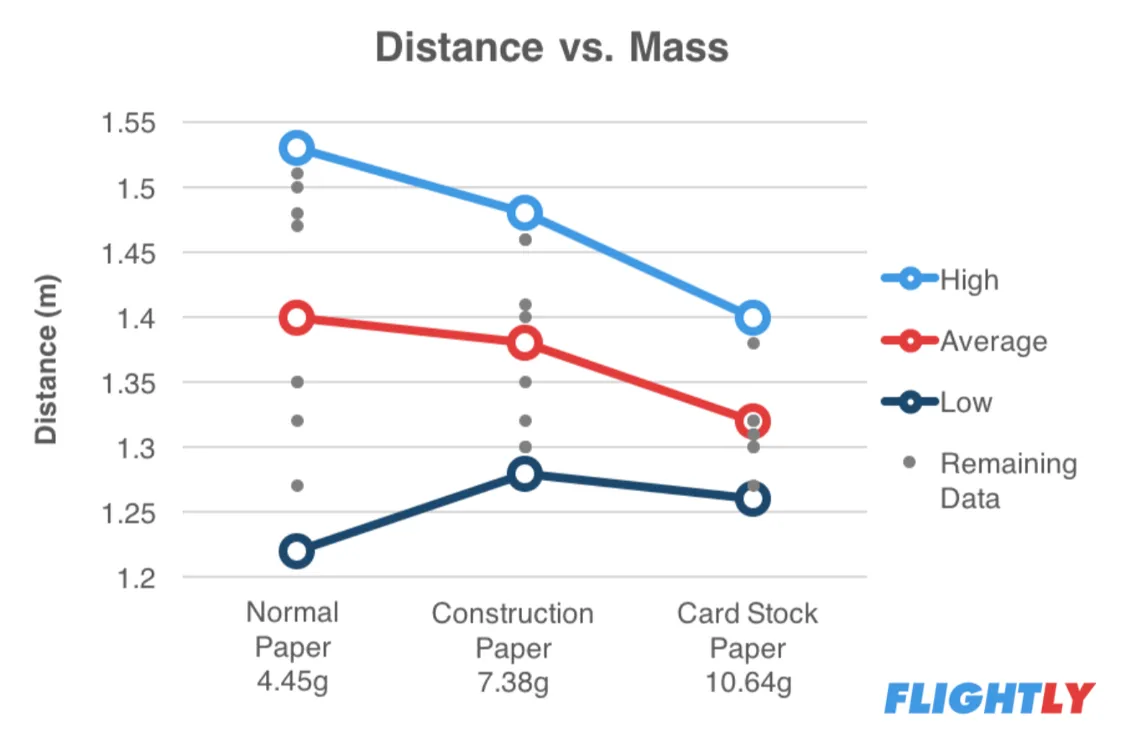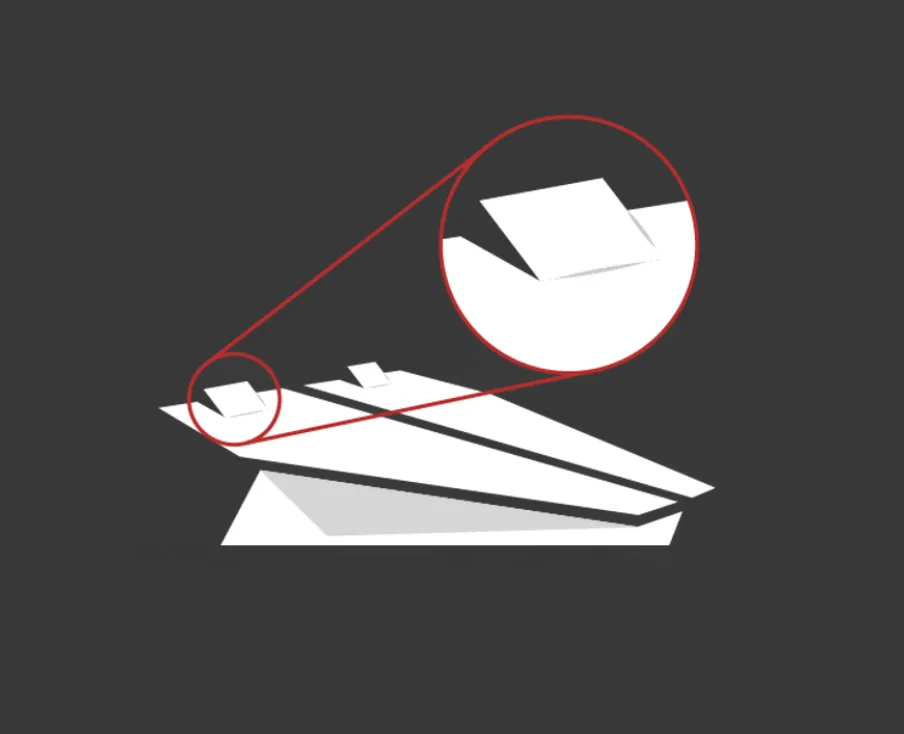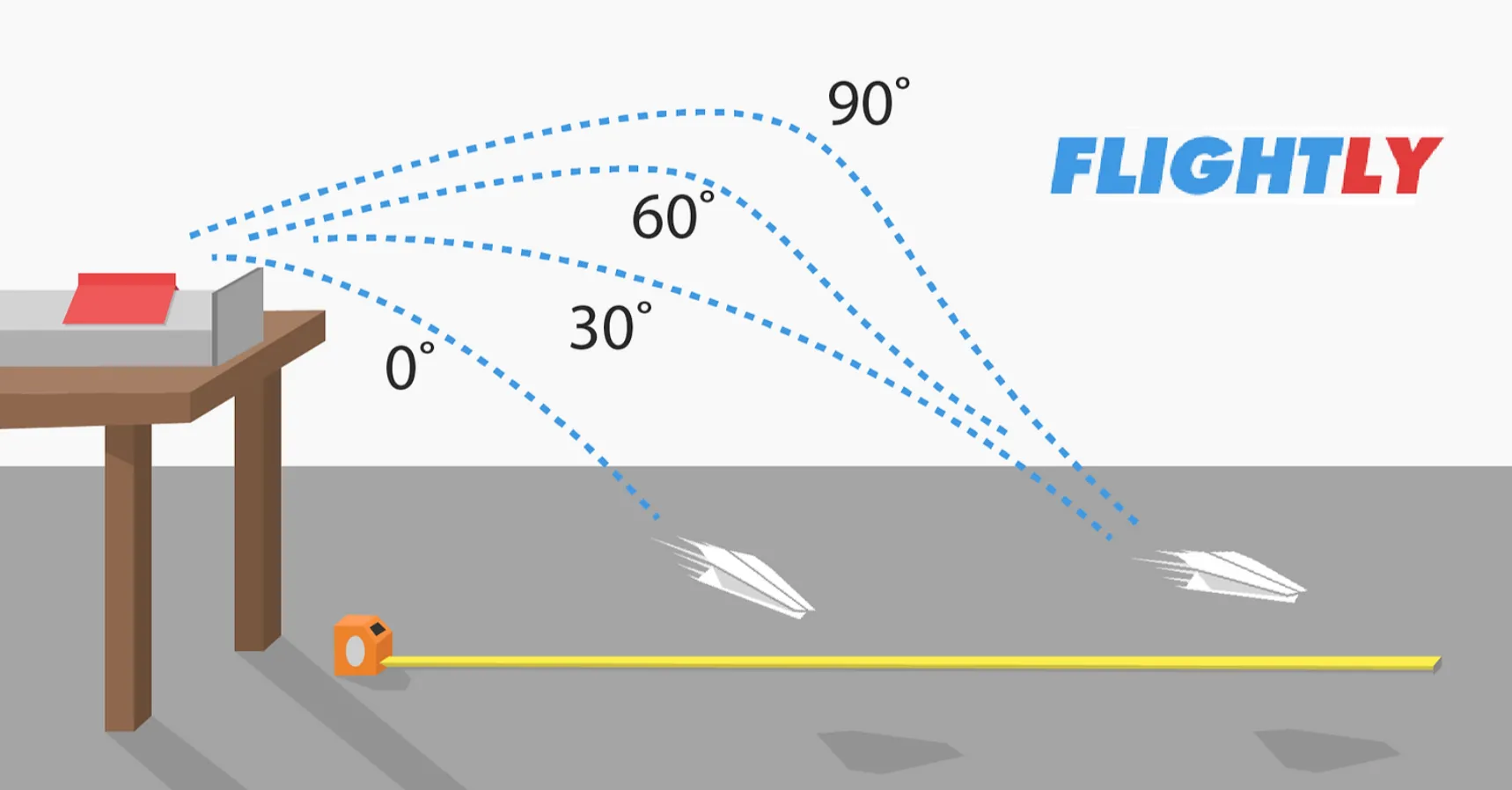Aerodynamics of Paper Airplanes
For our experiment, we chose to investigate the aerodynamics of paper airplanes. More specifically, how paper weight and rear flap angle affect distance and speed. To test our hypotheses well, we had to find a way to fold and launch our paper airplanes in a highly repeatable way, as slight changes to something so light can have a significant effect.



Our major findings were that when throwing a paper airplane completely horizontally, as you increase paper weight average distance decreases, but so does variability. Additionally, rear elevator flaps at angles of 30˚, 60˚, and 90˚ all increase flight distance as compared to 0˚. While rear flap angles of 30˚, 60˚, and 90˚ all result in different flight paths, overall flight distance was not significantly different between any of these three. Check out our website for more results and details on the experiment.